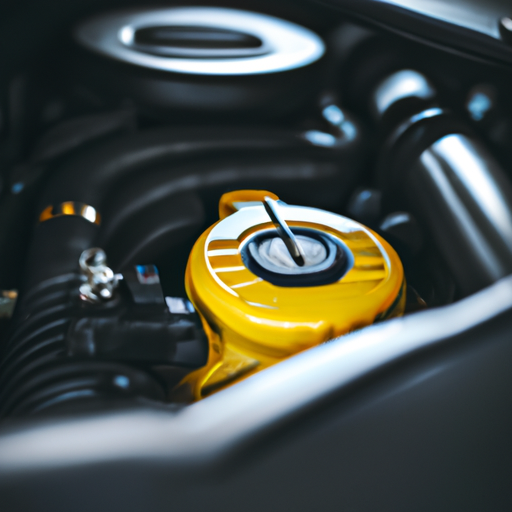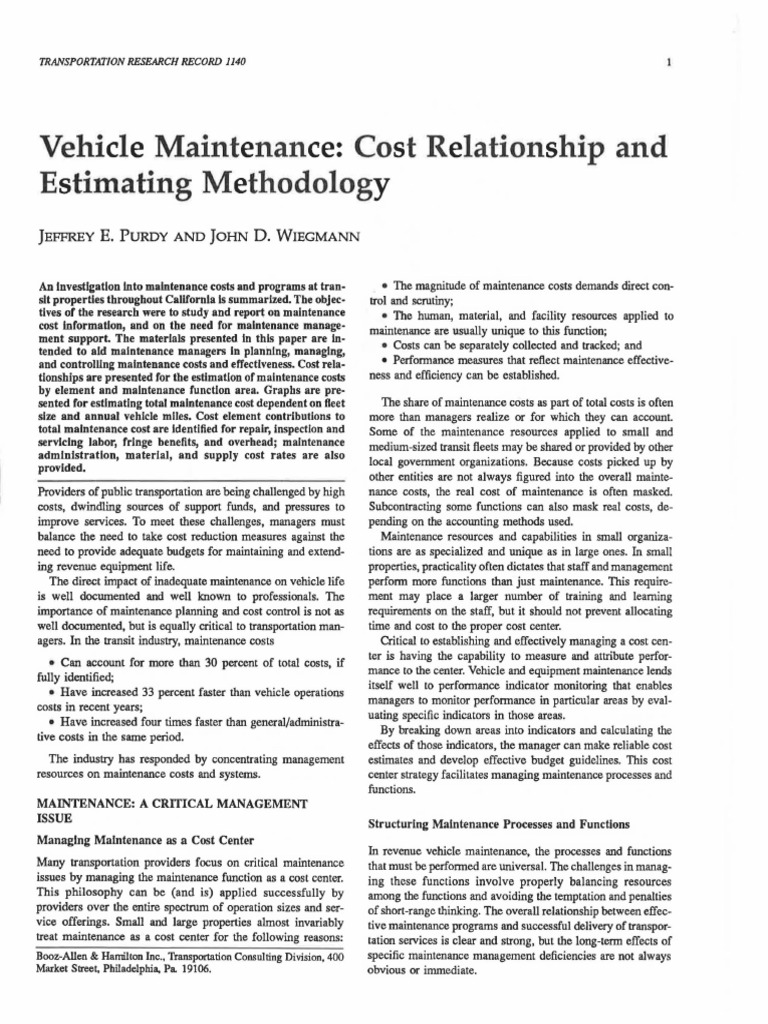

High maintenance costs of luxury business vehicles are a significant concern for many businesses. These vehicles often come with hefty price tags, but also substantial ongoing expenses. This article dives into the multifaceted issues surrounding these costs and provides practical budgeting advice to help businesses effectively manage them. We will explore various aspects, from upfront acquisition costs and ongoing maintenance to insurance and depreciation. By the end, you’ll be equipped with actionable strategies to navigate these costs and maintain a healthy budget. This article will outline budgeting strategies and offer actionable tips.
Understanding the Varied Expenses
Initial Acquisition Costs
Luxury business vehicles come with substantial initial costs, including the purchase price, accessories, and potential customization options. Understanding these initial expenditures is crucial for accurate budgeting. For example, a fully equipped executive sedan might cost significantly more than a basic model, with the added cost of features like advanced sound systems, premium leather interiors, or navigation and safety systems, each adding to the initial expense.
Ongoing Maintenance and Repairs
These high-end vehicles often require more frequent and costly maintenance compared to standard models. This includes regular servicing, specialized parts, and potentially more extensive repairs due to advanced technology and sophisticated features. A study by the National Automobile Dealers Association indicated that the average cost of repairs for luxury vehicles is significantly higher than for comparable standard models. Maintaining these vehicles usually costs more, and the parts are also often more expensive, with specialized parts requiring specific expertise and more time for repair. Furthermore, unexpected issues can arise due to the sophistication of the vehicles themselves, leading to even higher repair bills.
Insurance and Depreciation Considerations
Luxury Vehicle Insurance Premiums
High-end vehicles typically command higher insurance premiums than standard vehicles, reflecting their increased value and potential for loss or damage. These higher insurance rates need to be factored into your budget and planning. For example, a luxury SUV, even with comprehensive insurance, usually has higher premium costs. The greater the value of the vehicle, the more expensive the insurance is likely to be.
Vehicle Depreciation: A Silent Cost
Depreciation is another significant cost. Luxury vehicles often depreciate faster than their standard counterparts, meaning their value diminishes more quickly over time. This diminished value impacts the resale value, potentially creating a substantial loss if you intend to sell the vehicle within a few years. Factors like market demand, vehicle age, and mileage greatly affect depreciation rates. This is a crucial aspect to consider for businesses using these vehicles over a relatively short period, as the loss of resale value over time needs to be considered.
Fuel Efficiency and Operational Costs
Fuel Consumption and Operating Costs
Luxury vehicles often have higher fuel consumption than their standard counterparts, leading to higher fuel costs. While some models incorporate advanced fuel-saving technologies, the size and features often contribute to increased consumption and associated costs. Businesses should calculate and monitor their fuel costs, considering the impact on their overall budget. The cost of fuel can vary significantly depending on location and economic factors. It is crucial to monitor these costs and make adjustments to the budget as needed.
Parking and Storage
Parking and storage of luxury vehicles can present additional costs, potentially impacting the overall budget. Finding secure and convenient parking locations, particularly in urban areas, often incurs additional expenses. These factors need careful consideration in the planning process, as parking facilities might be limited and vary in price.
Addressing the High Costs with Budgeting Strategies
Implementing a Comprehensive Budget
Creating a meticulous budget encompassing all potential costs, from initial acquisition to ongoing maintenance, is essential for effectively managing the costs of luxury vehicles. This should include a detailed breakdown of each expense category to understand the full picture of potential financial implications. A detailed budget will allow you to anticipate expenditures and mitigate risks.
Exploring Financing Options
Explore various financing options for purchasing luxury vehicles. This can include leasing, loans, or other alternative financing options. Different financing options come with varying terms and interest rates, which can significantly impact the overall cost of the vehicle. Understanding these options and their implications can help businesses make informed financial decisions. It’s worth comparing various options to find the most suitable one.
Strategies to Reduce Costs
Regular Maintenance and Preventive Repairs
Regular maintenance and preventive repairs are crucial for minimizing unexpected breakdowns and subsequent high repair costs. By adhering to recommended service intervals and addressing potential issues promptly, businesses can significantly reduce the likelihood of costly repairs in the long run. A proactive maintenance schedule can help you avoid costly problems later on.
Negotiating Costs
Negotiating with dealerships or service providers can sometimes lead to lower costs for maintenance and repair. By leveraging your volume or establishing relationships, you may secure more favorable pricing on certain services or parts. Sometimes just a polite inquiry can lead to better deals for ongoing maintenance and repairs.
Q: What steps should I take if I find myself facing unforeseen high maintenance costs for my luxury business vehicle?
A: If you are encountering unforeseen high maintenance costs, it is wise to consult with a financial expert. They can assess the situation, analyze the budget, and advise on potential cost-saving measures. If the vehicle is under warranty, take advantage of it; if not, look into third-party repair services. Consider using financing strategies to mitigate the cost and maintain your financial health.
Q: How can a proactive maintenance schedule benefit my business vehicle budget?
A: A proactive maintenance schedule helps avoid unexpected breakdowns and costly repairs. Predicting and addressing potential issues in advance minimizes the likelihood of expensive, last-minute fixes. This approach allows businesses to anticipate repair costs and budget accordingly. Prioritize regular maintenance schedules, keeping your vehicles in optimal condition, and minimizing unexpected costs in the future.
Q: What is the best approach to effectively allocate a budget for luxury business vehicles?
A: To effectively allocate a budget for luxury business vehicles, a thorough and comprehensive approach is crucial. Begin by meticulously listing all potential expenses, including initial acquisition, maintenance, insurance, fuel, parking, and depreciation. By itemizing each expense category, you can gain a clear picture of the total financial commitment. Allocate a budget based on this comprehensive analysis, considering your long-term business goals and financial capacity.
In conclusion, managing the high maintenance costs of luxury business vehicles requires meticulous budgeting and strategic planning. By understanding the various expenses, implementing cost-saving strategies, and exploring financing options, businesses can effectively mitigate these costs and maintain a healthy financial position. Remember to regularly review and adjust your budget as your business evolves. Consider seeking professional financial advice for personalized guidance on managing these costs. Contact us today for a consultation!